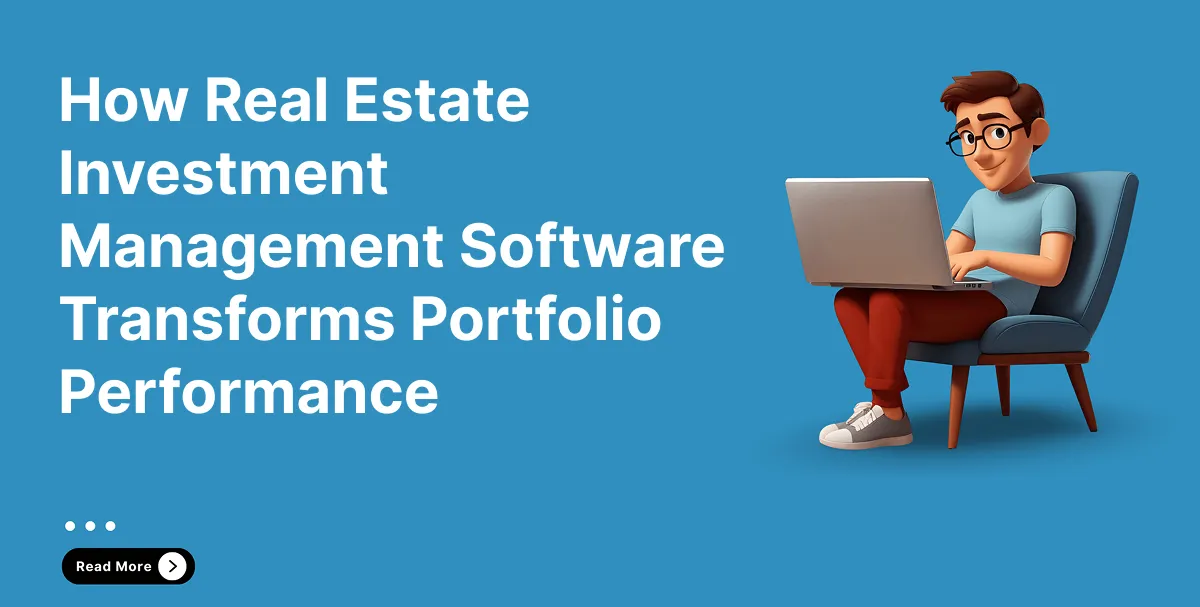How Developers Can Choose the Right Tools for Real Estate Projects

Strong 8k brings an ultra-HD IPTV experience to your living room and your pocket.
Real estate development involves juggling multiple variables: land acquisition, permitting, financing, construction schedules, sales or leasing, and ongoing operations. Without cohesive systems, data silos, manual workflows, and miscommunication often slow progress or create costly mistakes. A well-designed technology stack helps bridge those gaps, but not all tools are created equal.
In this post, we’ll explore what to look for in development software, how to align tools with your processes, and factors that distinguish high-performing platforms from generic solutions.
Why Traditional Tools Often Fall Short
Many development teams start with spreadsheets, shared documents, or disparate software for accounting, project management, and operations. While familiar, these tools don’t scale well. As projects grow in complexity, with multiple sites, phases, partners, and changes, manual coordination becomes a major drag on productivity and accuracy.
Missed deadlines, budget overruns, redundant data entry, and lack of real-time visibility all trace back to weak tool integration. That’s why modern development teams increasingly turn to specialized systems that unify core workflows rather than patching together standalone solutions.
What Features Matter Most for Development Projects
When evaluating potential systems, here are the high-impact capabilities that tend to separate good from truly effective tools:
Project accounting & cost control: The ability to track costs per phase, cost-to-complete estimates, and budget variances is foundational.
Loan draw and equity tracking: Built-in support for submitting draw requests and monitoring investor contributions reduces friction in financing.
Forecasting and scenario planning: Tools that allow “what-if” modeling and sensitivity analysis help development teams anticipate risks and optimize resource allocation.
Integration with leasing, property management & operations: Seamless flow between development phases and ongoing asset operations ensures continuity and avoids data fragmentation.
Workflow automation & alerts: Automating approval processes, notifications, and thresholds saves time while keeping teams accountable.
Reporting dashboards & analytics: Custom dashboards with KPIs, trend visualizations, and drill-down capabilities help stakeholders stay informed.
Scalability & flexibility: As projects scale or business models evolve, the software should adapt rather than force rigid workflows.
When these features work together rather than in silos, teams gain operational clarity, reduce error risk, and work with confidence in their data.
Making the Backlink Seamless
One challenge in writing about solutions is weaving in your preferred link without it feeling forced. A natural way is to align it with a tip or observation. For example:
Many development teams are implementing purpose-built software for real estate development to unify accounting, project management, and leasing functions under one platform, eliminating the need to stitch together disconnected tools.
In that sentence, the link becomes part of the narrative rather than an interruption.
Evaluating Long-Term Value, Not Just Short-Term Costs
One mistake is evaluating platforms solely by their sticker price. True value comes through:
Implementation cost & timeline: A system that costs more but deploys quickly with fewer disruptions may outperform a cheaper but slow rollout.
Flexibility of configuration: Platforms that allow tailoring to your unique processes (rather than forcing your team into their mold) often yield better adoption.
Upgrade path & ecosystem: A product that grows with you, adding modules, integrations, and functionality, reduces future migration headaches.
Support, training & onboarding: Comprehensive support and training materials reduce friction when rolling out new systems across teams.
Return on investment (ROI): Consider the gains in efficiency, error prevention, reporting accuracy, and reduced manual labor when comparing costs.
When properly evaluated, a robust development platform often pays for itself by minimizing missteps and improving execution.
Implementation Best Practices to Maximize Success
Rolling out a development platform is as much about change management as technology. Some practices that improve adoption:
Map your processes first – Understand your existing workflows and pain points before choosing a tool.
Pilot with a small project – Start with one or two development sites to test and refine configurations.
Train power users – Empower super-users who deeply understand the software and can mentor others.
Iteratively configure – Avoid trying to build “perfect” in week one. Prioritize essential workflows and enhance over time.
Offer continuous feedback loops – Solicit user input and make steady improvements post-launch.
A thoughtful implementation trajectory ensures your team feels ownership rather than resistance.
Final Note on Choosing the Right System
Choosing development software is not just a technology decision, it’s a strategic one. The right system supports end-to-end continuity across development, financing, operations, and analysis. It frees your team from manual drudgery, enhances visibility, and offers the agility to respond to market changes.
If you’re at the point of selecting or upgrading your tech stack, consider models that integrate project accounting, financing, lease operations, and analytics into a unified platform. That kind of cohesion often makes the difference between managing chaos and driving confident growth.
Note: IndiBlogHub features both user-submitted and editorial content. We do not verify third-party contributions. Read our Disclaimer and Privacy Policyfor details.







